Tag along for our FTC disclosure saga here. Updated Jan 12, 2023, this article was originally written for twistedroad.com ...
And The Best Times To Ride A Motorcycle Are ...
Meet Joe and Jane Moderbach. They both ride standard, naked, 600cc motorcycles made between 1986 and next year. We all know them as the leaders of [average motorcycle club], a modest crew of possibly decaffeinated coffee drinkers ... and the perfect resource for deciding the best times to ride a motorcycle.
“Check your head, your bike, the hour and the weather to formulate that perfect plan regarding today's best times to ride a motorcycle!”
The Moderbachs might brag about riding when it's as cold as 40°F. And beat the heat up to 85°F. Ideally, they prefer a high "real feel" temp of 75°F somewhere mid-ride (and let's just say that's the forecast for this afternoon).
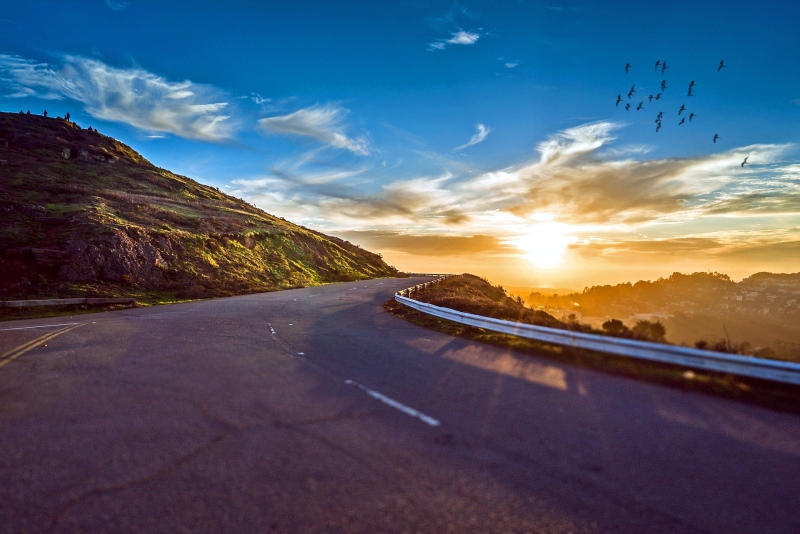
The chance of rain is below 20%, which is nice. There aren't any amped up hazard reports about road conditions on the scanner. A light breeze is no match for the Moderbachs, who will twist a throttle into any crosswind under 25 mph so long as fog/smog visibility is over three miles.
Sometimes allergies get the better of them but today, the pollen count is low. The barometric pressure isn't slated to change, so migraines aren't a threat. The safety minded Moderbachs have assessed their mindset, riding gear and mechanical status for each motorbike.
It's Monday or Tuesday or Wednesday or Thursday but not Friday or Saturday or Sunday ... sometime between the hours of 7am and 3pm. The Moderbachs are definitely going for a ride today. Mixing all of the above into their pre-planned route suggests it's the best time to ride a motorcycle!
Deep Dive: When Is The Best Time To Ride A Motorcycle?
We all want that "perfect" riding day. For some, it lands on any and every day of the year. Others might judge the best time to ride a motorcycle using complex math. Both relaxed and detailed world views have a hand in our decision making process. Choosing to ride or not drags a massive anchor over one boulder of a question: When should you not ride your motorcycle?
There's a time and place for everything. This article assumes you're familiar with terms like "Rider Character", "T-CLOCS" and "ATGATT" (if not, check it out here). That means our pre-ride checklist is completely green lit and environmental variables are all we're after.
Still, there's a lot to be considered before pressing that magic button and carving out a full serving of twisties. Ingredients answering our ultimate question (what are the best times to ride a motorcycle?) remain static. Life experience makes it look and feel simple but if we lift the curtain, the process can get pretty intricate.
Rider Character (Headspace Preach)
The desire to swing a leg over may as well be tattooed across every motorcyclist's heart. Double checking that we're mentally ready for the assumed risk helps ensure we arrive with said heart in its correct physical location. The best way to do this is to maintain good rider character, a responsible mindset which keeps us and those around us safe while we ride.
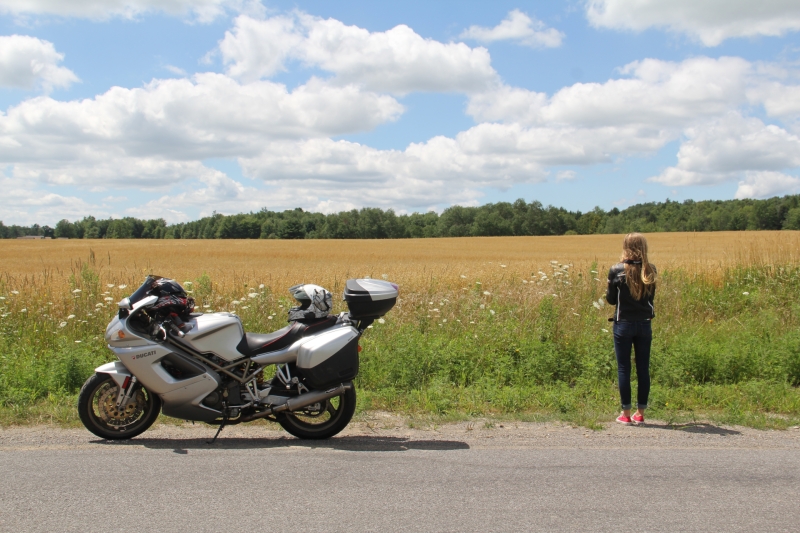
Being well rested contributes to rider character. Riding demands highly alert and responsive behavior, so fatigue and its cohorts aren't welcome. If we've gotten enough shut-eye (and in my case coffee), onward.
Our minds should also be as clear as possible. Either there's no drama or concern stealing our attention - or - we can let it all go, meaning the ride itself is a form of therapy. The latter is definitely harder to channel, as it takes great self control and compartmentalization.
Then there's our chops. Having skill isn't always enough. Being able to confidently and competently employ that skill is what allows us to maneuver through whatever the ride may bring. Sometimes we're "on" and other times "off". Tapping self awareness, then acknowledging our state of mind is in and of itself a skill to be mastered, further building good rider character.
Mechanical & Technical Status (Gears & Geekery)
Let's get through the T-Clocs inspection. Check all tires and wheels to be sure there's no damage, good tread and that the inflation is set properly. See to it that the controls are operating smoothly and the big, mean, moving parts are in a happy place. Activate the ignition, look for any onboard alerts and test the brake, signal and high beam triggers. Are the oil, fuel and other fluid levels where they ought to be? Rock a walk around and look the chassis over. Make sure the side/center stands have smooth, complete motion.
Before we gear up, let's build the route. Be sure and pile on the grins! Five or six (or 100+) extra miles of awesomeness might be worth missing that article deadline.
“Ahem. I mean, um ... yeah. Right.”
Be it physical, digital or from memory, at least have a basic understanding of how you're getting where. Let others know the plan. Digital freaks, be sure the installed charging setup is operating correctly. If preferred software allows offline mode, pull those GPX maps from the cloud onto an SD card. Remember, the GPS antenna doesn't use data (triangulation only).
Next, it's gear time. Don't put any on yet! There's still more to do.
ATGATT (all the gear, all the time) comes in many shapes/sizes, especially where dirt meets pavement. Dress for the slide, not the ride. Looking at another motorcyclist and thinking "aren't they overheating in all of that?", just remember the weather is no match for technological advancements in modern riding attire. We're as cool as everyone else, if not cooler, especially when it's not the best time to ride a motorcycle.
Traffic's Impact On The Best Times To Ride A Motorcycle
The basics are behind us. Welcome to the core of the matter. All of the above prerequisites lead to the following data and beyond.
Each generation has their staple definition of what's "normal" traffic. Many will hear the phrase "rush hour" and jump to some random year ranging 1970 ~ 1999, blathering on about the 5pm ~ 7pm window. Post millennium, however that gets a little vague.
Around 2008, the afternoon rush hour began deeply overshadowing the known norm. Even in rural towns, it seems the best times to ride a motorcycle get scaled back by all things roadworthy 3pm ~ 7pm. This isn't all bad, since 3pm is also the witching hour for deer. Ask me how I know. Actually, don't.
Weekends, holidays, zombie apocalypse evacuations ... none are any better if we're riding where anything is worth doing. Sure, the hours change (noon to 4pm is typical) but the song remains the same. What's worse, weekends introduce higher alcohol intake by partiers.
Road status is another worthy concern. Construction and seasonal closures should be addressed. Specific to individual states, generic road construction work hours often begin at 7am, ending around 3pm. Think about what that does to our "best times to ride a motorcycle" algorithm. For the sake of success, let's just avoid road construction altogether, shall we?
Revisiting our route choices, let's not let tourism and speed limits get the best of us. As I type this, I'm in beautiful North Carolina just west of Asheville. Many of my favorite roads here are stitched north-to-south across the Blue Ridge Parkway. This makes the BRP a perfect junction if I want to make repeated figure eights through mountain passes but there's a catch. The BRP is limited to 45 mph, 35 mph in some sections. Enter the slow rollers, who are rightfully there to enjoy the scenic views without us behaving like hooligans around them.
The roads skirting the BRP are still worth it. Riders just need to factor in weekend (and in summer, every day) tourism traffic while maintaining good rider character. In short, "save it" for a lesser known road nobody's using and even then, maintain a strong skill to risk offset.
Peak traffic, the option to intimately kiss random wildlife, construction, closures, weekenders, weekdayers(?), anything urban transit between the hours of 3pm and 7pm ... they all build on the equation. With that, our formula develops for the better. Bust out that TI-81, folks and get typing.
Personal Preferences (Tolerance)
Let's call these the "big seven": temperature, precipitation, wind speed, road conditions, hazard alerts, visibility and barometric pressure.
They all play their part in our "best times to ride a motorcycle" algebra. Even if you're tough enough to ride mid-winter through snowy Chicago in downtown traffic, it's doubtful your chosen kit would be a kevlar speedo. Nor does it beg warming up the slicks on your custom built track weapon.
Our decision to get on the bike relies on a number of personal tolerances weighed against the current (and predicted) riding environment.
Temperature has a huge impact on how we feel while riding, especially when it's cold out. There are many proven wind chill diagrams on the net, most of which arrive at the same conclusion: dress for it. Humidity throws a lot of weight on temperature as well, so "real feel" is the number to trust.
Precipitation is a popular topic as well. Some don't mind a downpour and have the gear to face it. Others would rather wait it out. One thing is for certain, though: folks who don't mind ... sometimes do. Our personal tolerances can change daily.
Wind Speed can cause strange behavior with the bike. Mainstream meteorologists mention anything above 15 mph. Kick that up to 30+ mph diagonally (headwind) and you'll be tipping the bike 45 degrees to maintain a straight line.
Road Conditions tell us a lot about how our motorcycles are going to behave on a given day. Having already discussed the rain rule, heavy rain is in some cases better than a short-lived misting, as the former washes dirt and debris from our path of travel instead of turning it into a mudslide. Mind the road condition alerts, as they offer insights as to where things aren't traction friendly.
Hazard Alerts, such as road conditions, are a funky one. If you've ever seen an alert ticker scroll by, you probably noticed how the more ominous a hazard is, the more its title is repeated. "FOG in area. Dense FOG expected to FOG the FOG machine at Foggy's Frog Pond until Froggy isn't feeling so frickin' FOGGY."
Visibility should've covered "FOG!" plenty well but if a hazard is "CAPITALIZED!" enough, hazard reports claim jurisdiction. Visibility doesn't mean fog. It's aimed more at the ozone crowd (smog), measuring miles of distance we're able to see. Smog being what it is and our eyes having to cut through it means overall visibility should definitely influence our decision to ride. Ten miles of visibility is typical and in my opinion, three to five is "good enough".
Barometric Pressure can wreak havoc if you suffer from migraines. Migraines deal out pain and fatigue like it's a game of fifty two card pickup. Any shift in barometric pressure greater than .15 mercury inches (in Hg) inside of a single hour can raise red flags among the susceptible. Imagine you're halfway through a ride when all of sudden your vision is uselessly blurry thanks to a goliath headache. That's not the best time to ride a motorcycle, so we'll add it to the recipe.
Rider(s?)
One last topic in tolerance to address is rider count. If we're riding solo, that's one thing but when the "g" word hits our menu, everyone we don't know becomes an unproven question mark. For group rides, going through the motions to make sure each rider is on the same page helps immensely. Three second following distance, independent thinking (ride your own ride), skill to risk offset ... if these aren't part of their format, maybe your route points elsewhere.
Calculating Your Best Times To Ride A Motorcycle
Let's start emphasizing the "your" part because we're about to weigh your personal tolerances against whatever the weather may bring. For every hour in a day, there's unique weather data available for the "big seven" hazards. Keeping to daylight, that's usually about twelve hours of possible riding time.
On the fun roads, traffic tends to be lightest Monday ~ Thursday between the hours of 7am and 3pm. While these are the best times, that doesn't necessarily make them the best times. Yeah, I know ... clear as mud, so let's put those personal preferences to work.
First, convert each of the "big seven" hazards into percentages based on your preferences, 0% meaning "terrible" and 100% meaning "perfect". How you calculate these percentages is up to you (Here's a reference on how I do it).
Once calculated, whichever percentage is lowest (i.e. "worst") sets the overall weather quality for our riding day.
“The best times to ride a motorcycle are Monday ~ Thursday between 7am ~ 3pm, with a high temperature of 75°F, clear skies, winds below 15 mph, dry pavement, 10 miles of visibility, a steady barometric pressure and zero known environmental hazards.”- Joe & Jane Moderbach
Let's say the anticipated high temp is right where you like it, 75°F. There's a 25% chance of rain and your concerns begin at 20%. Wind speeds are over 15 mph but you'll tolerate 20 mph no sweat. Road conditions are dry (for the moment) but hazard alerts mention fog. Visibility, on the other hand is nine miles. A drop in barometric pressure is scheduled for the 1pm hour and you suffer from migraines.
My calculator watch says your overall ride quality will be 75% and that you should take migraine relief at 12:30pm.
Explained in retrograde, migraines are a thing you deal with or not. They don't affect the overall ride quality unless they aren't addressed. Visibility is over three miles, fog or no fog, so our viewport isn't of constant concern. Roads being dry is great (unless it rains) so that's another moot point. Wind speeds are below your threshold, so they too get knocked off the list. See what's happening here? We're still 100% "go".
Enter the rain figure. A 25% chance of rainfall triggers concern based on your tolerance. That's the figure that bumps things down to 75% overall ride quality. None of it means you shouldn't ride, per say. It just means you might want to look at that hourly forecast and figure out which of those twelve hours will be covered in sunshine.
Take It Or Leave It
The best times to ride a motorcycle are indeed Monday ~ Thursday between 7am ~ 3pm, with a high temperature of 75°F, clear skies, winds below 15 mph, dry pavement, 10 miles of visibility, a steady barometric pressure and zero known environmental hazards.
Grabbing these little nuggets of information and coordinating them with your personal standards? That's the hard part, so take some time and test the waters (unless there's a flood). You'll eventually know at first glance what you are and aren't up for, especially if you bookmark the right resource.
Confirm your pre-ride checklist, research the traffic situation and know the weather table. Planning is everything, so plan for everything. Most importantly, if all is good ... get out there and ride!
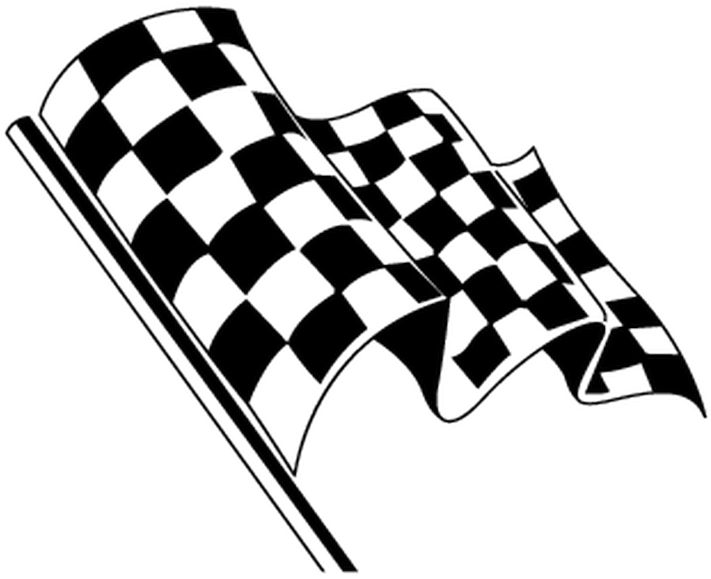
What Are Your Ideal Riding Conditions?
Not all preferences are identical. When do you like to ride? What makes you choose to do so and why? Your input is invited. Leave a comment and/or write an article!
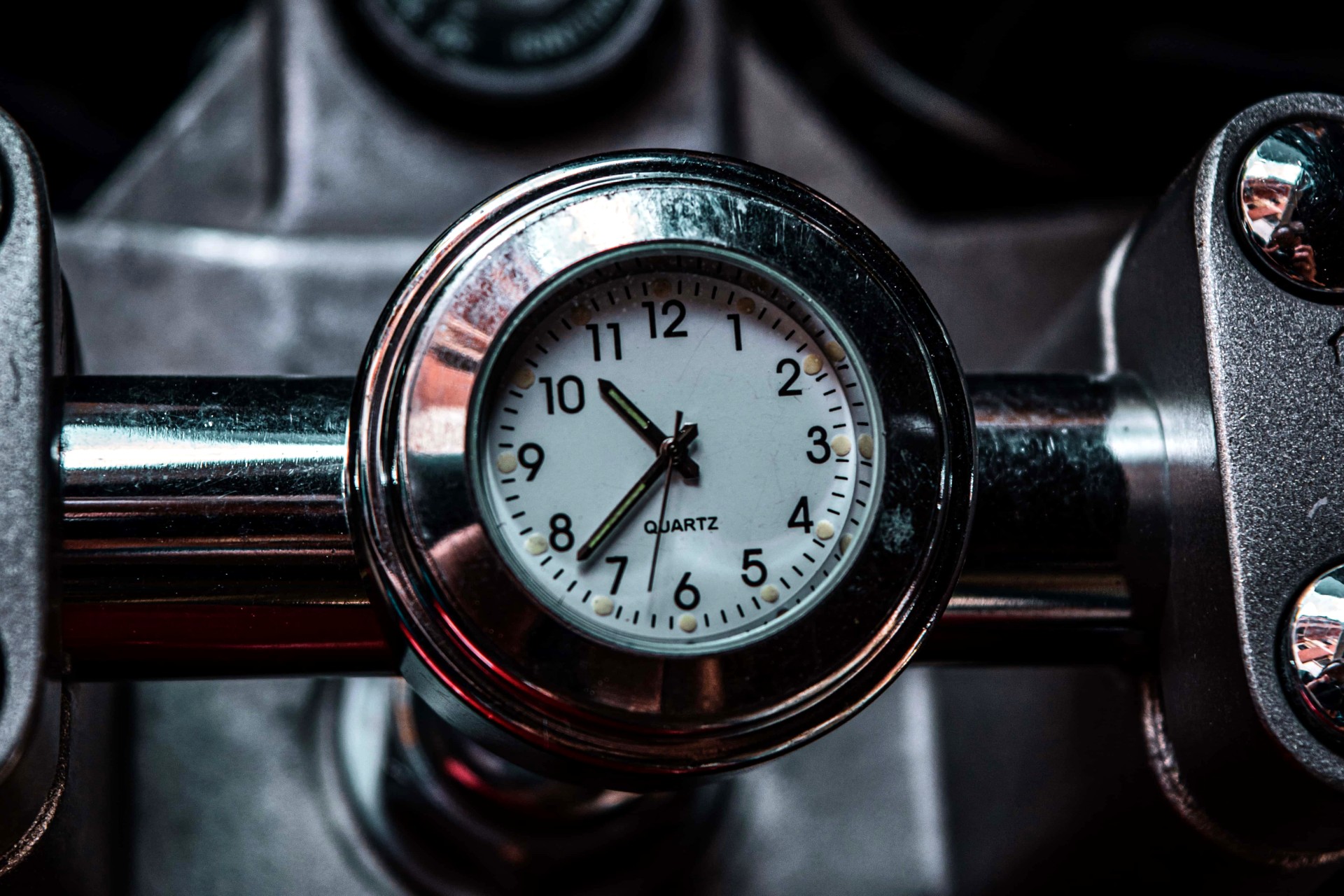
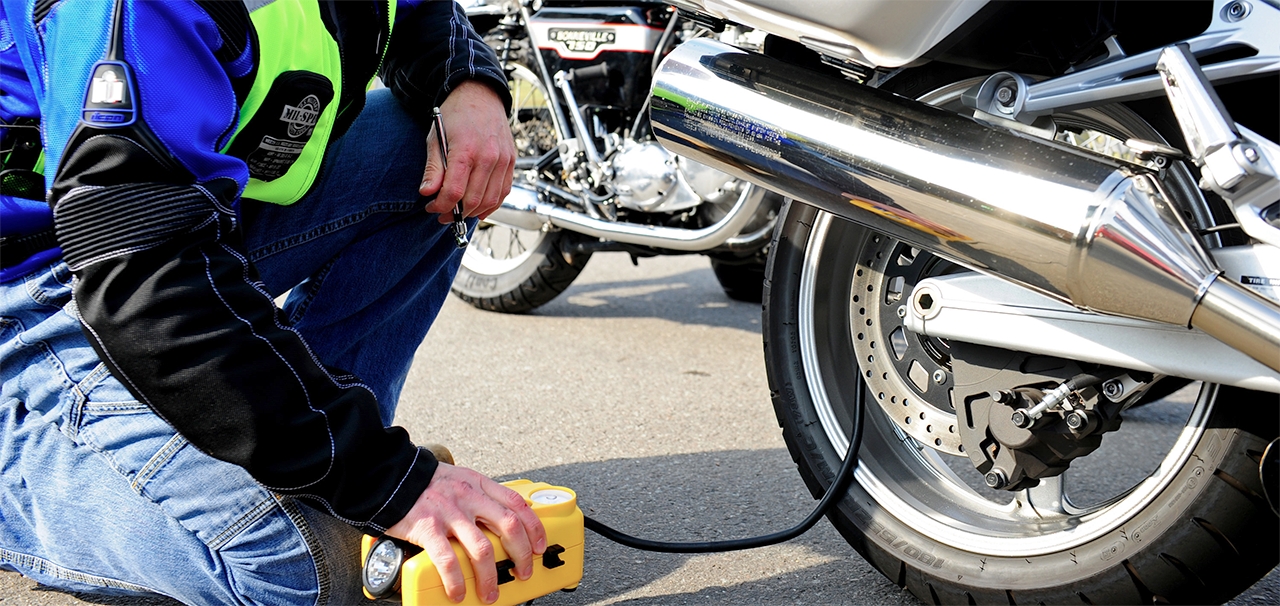
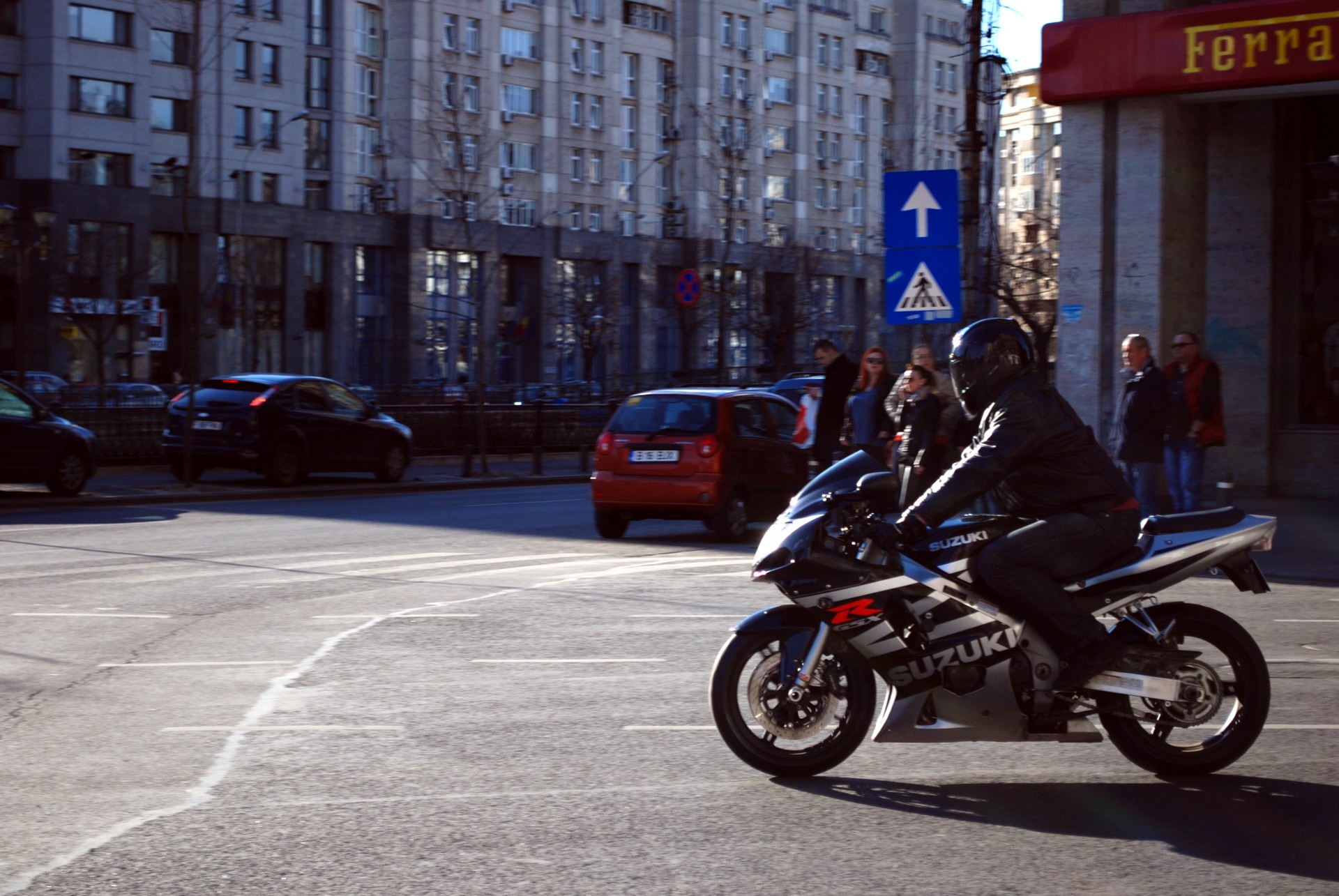
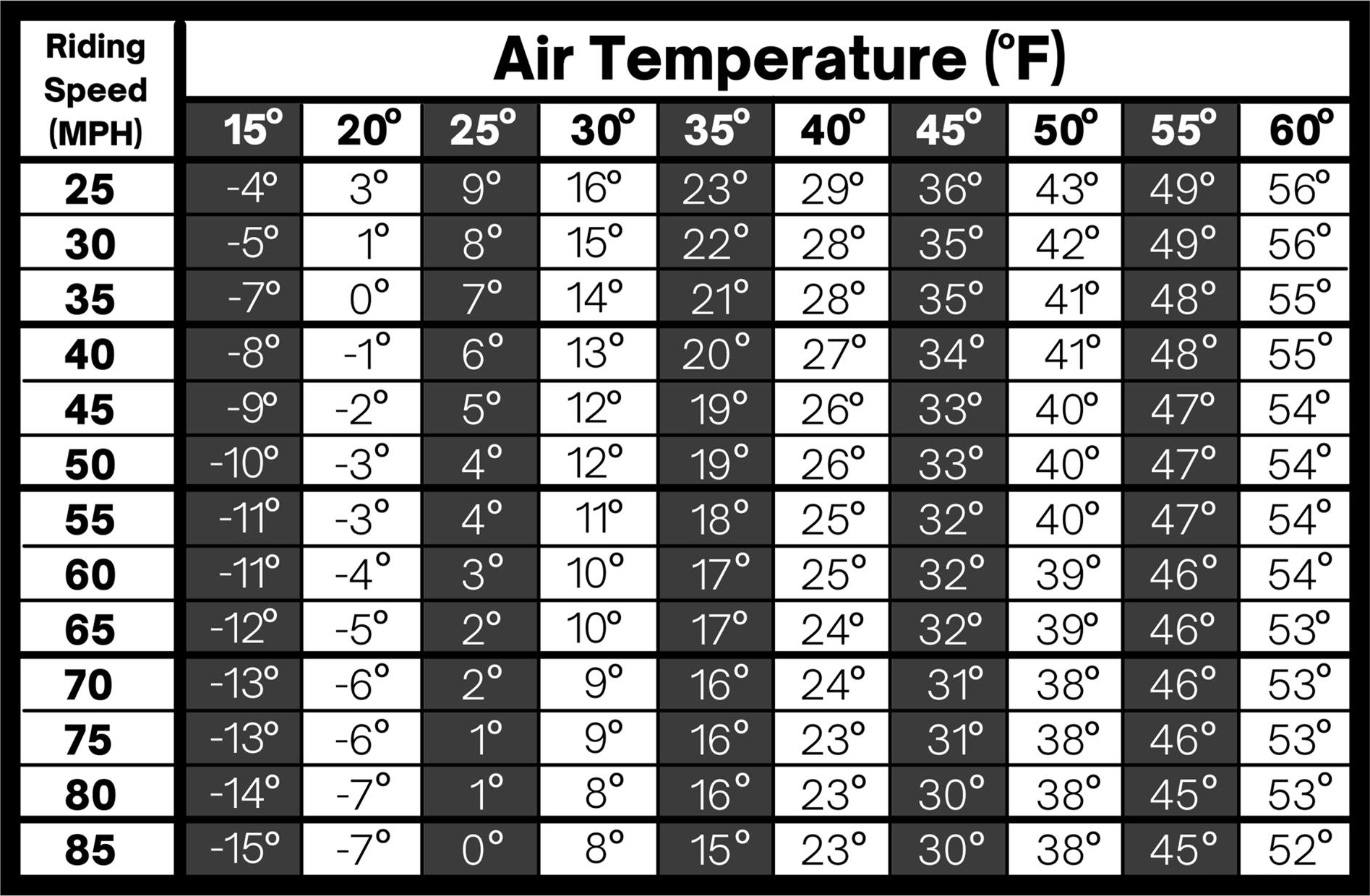
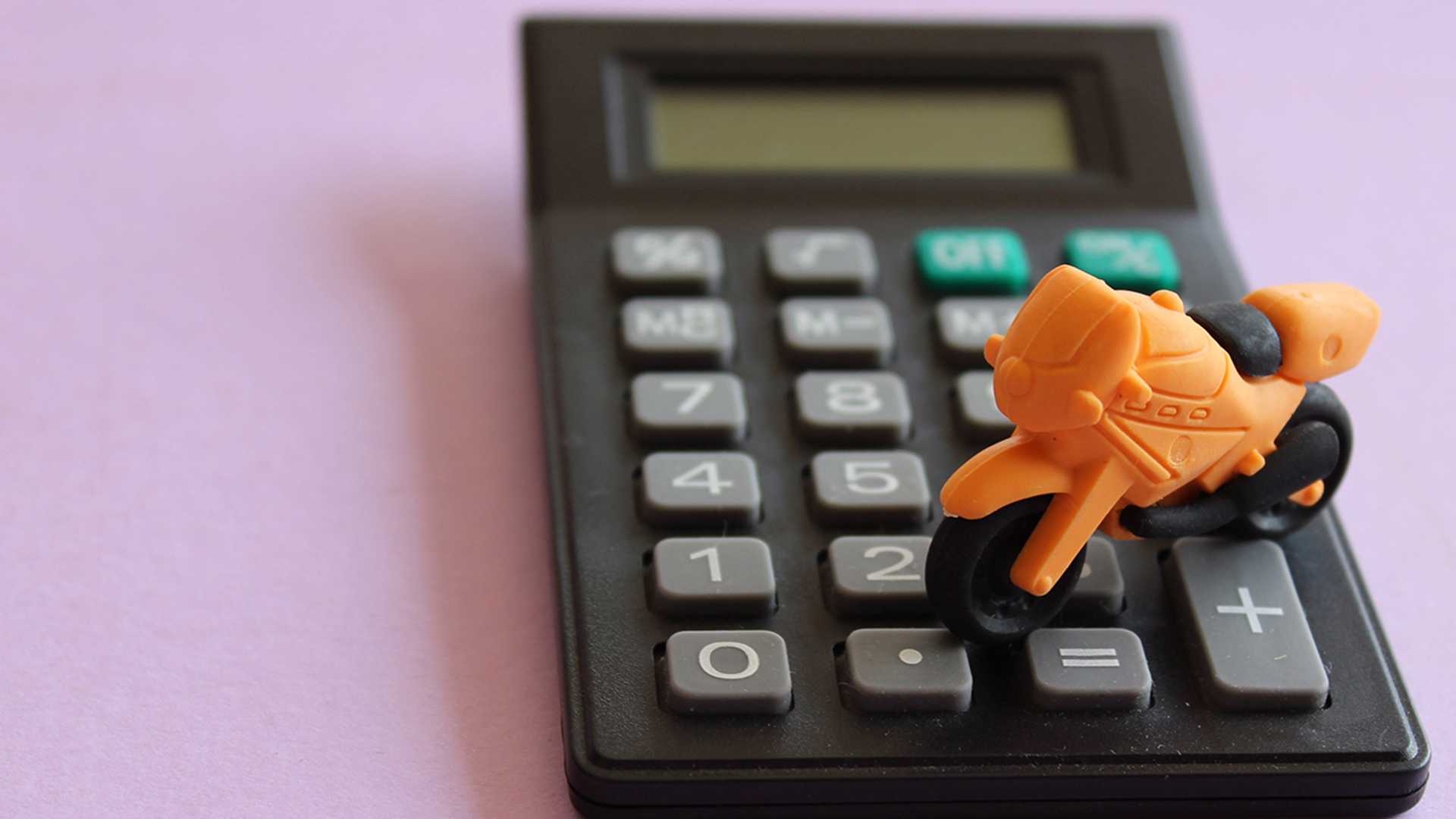



Thoughts gone wild? Write an article!